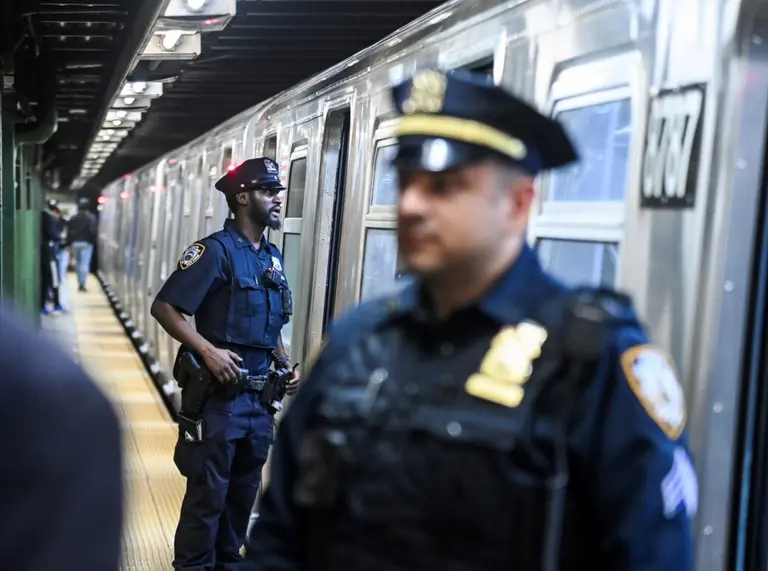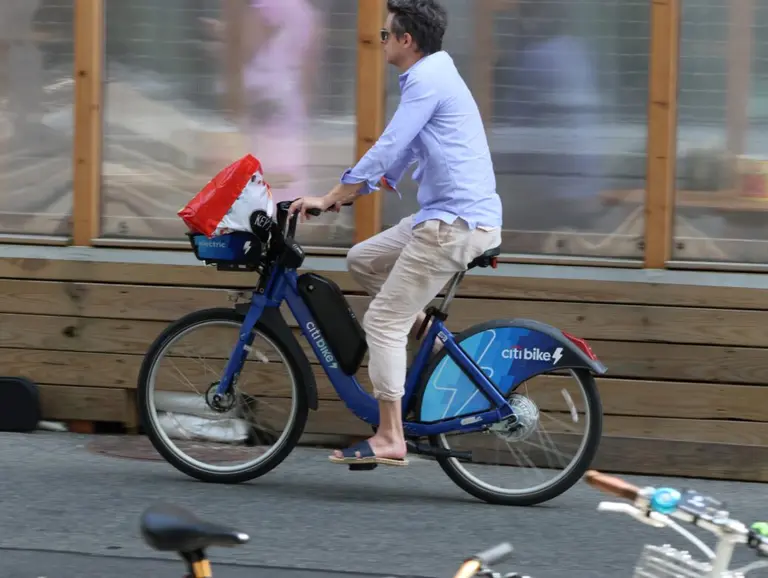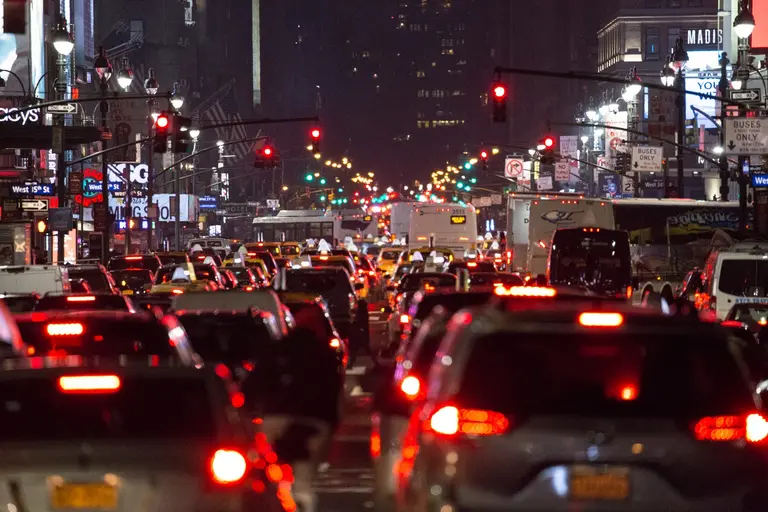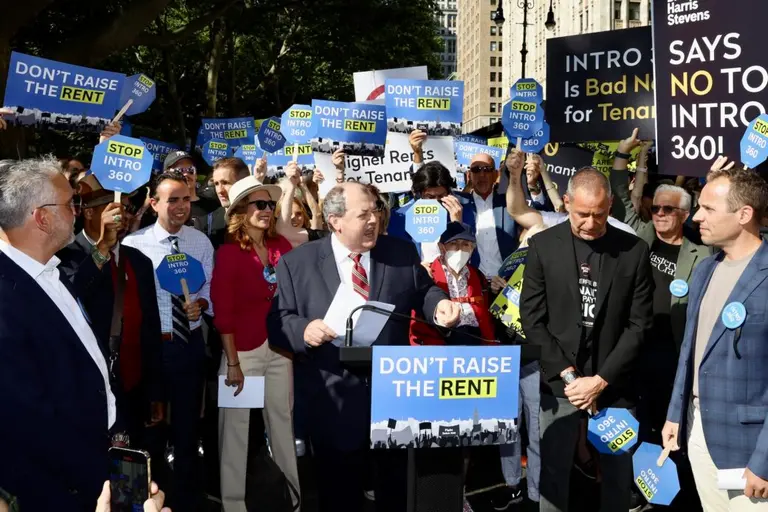Congestion pricing is in full effect: Here’s what to know
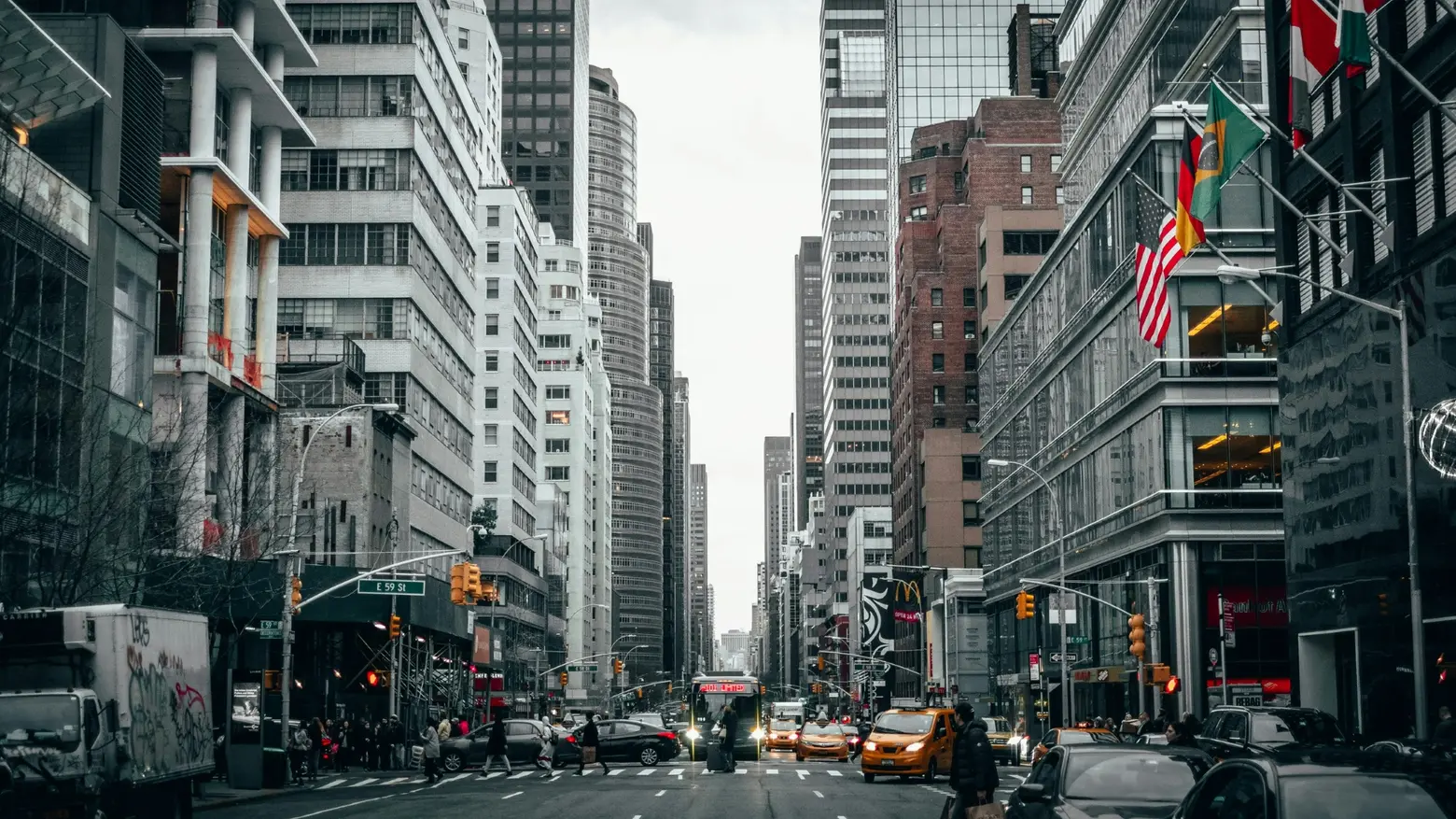
Credit: Jesse Echevarria on Unsplash
After years of preparation and a stunning last-minute reversal by Gov. Kathy Hochul, congestion pricing officially went live on Sunday. The controversial program now charges drivers a base fee of $9 when entering Manhattan below 60th Street—40 percent cheaper than the original $15 toll that was initially planned before the governor abruptly paused the program in June, just weeks before its scheduled start. Here’s everything you need to know about congestion pricing, from what to expect at the tolls to the capital improvements your money will fund.
Where is the congestion pricing zone?
The congestion pricing zone is located south of 60th Street in Manhattan. Drivers entering the borough through the Lincoln, Holland, Queens-Midtown, and Hugh L. Carey Tunnels, as well as the Queensboro, Williamsburg, Manhattan, and Brooklyn Bridges, will be charged.
Drivers coming from the Bronx or Upper Manhattan will pay a toll once they reach 60th Street.
However, roadways like the FDR Drive and West Side Highway are excluded from the toll, as long as vehicles don’t enter the city street grid.
How much is the toll?
The amount you’ll pay at the toll depends on the time of day, the type of vehicle you’re driving, and whether or not you’re using an E-ZPass. Peak hours run from 5 a.m. to 9 p.m. Monday through Friday and from 9 a.m. to 9 p.m. on weekends.
During peak hours, regular passenger vehicles with E-ZPass will be charged $9, while the toll drops to $2.25 during overnight hours. Motorcyclists with an E-ZPass will pay $4.50.
Large multi-unit trucks and sightseeing buses will face a peak toll of $21.60, while smaller single-unit trucks, such as pickup trucks and vans with modified beds, will pay $14.40 during peak hours.
Taxi rides, including yellow and green cabs, entering the congestion zone will incur a $0.75 surcharge. Ridesharing services like Uber and Lyft will add a $1.50 charge.
Vehicles without an E-ZPass will pay a 50 percent premium, meaning passenger vehicles without the toll device will be charged $13.50 during peak hours and $3.30 overnight.
The tolls are set to gradually increase to $15—the original base fee—over the next six years. The MTA plans to raise the toll for passenger vehicles to $12 in 2028, with a further increase to $15 by 2031.
Are there any discounts?
There are a few discounts available:
- Vehicle owners who earned less than $50,000 last year can sign up for a discount program, which cuts the daytime toll in half after 10 trips within the same month.
- Passenger vehicles who pay a toll to cross the Lincoln or Holland tunnels into Manhattan during peak hours will get a $3 discount on the congestion pricing toll.
- Passenger vehicles entering or exiting the congestion pricing area using the Queens-Midtown or Brooklyn-Battery tunnels during peak hours will get a $1.50 credit.
- Drivers who live within the congestion zone and earn less than $60,000 annually can get a tax rebate on any congestion pricing tolls they pay.
- Certain vehicles, such as emergency vehicles and those that transport people with disabilities, like Access-A-Ride, are exempt from the toll by law. Earlier this year, the MTA agreed to extend this exemption to approximately 11,000 school buses and 15,000 municipal vehicles, according to Gothamist.
What will the program fund?
The money generated from congestion pricing will help fund the MTA’s five-year capital plan, which includes an array of repairs and infrastructure improvement projects to keep the city’s public transit system running.
This includes making subway stations more accessible, modernizing antiquated signaling technology, acquiring new fleets of high-tech buses and subway cars, and the expansion of the Second Avenue subway.
Hochul also recently announced service enhancements on 23 bus routes in the outer boroughs to supplement commuters who are now forced to switch from cars to public transit to avoid the tolls.
These routes include the BM2, BM5, SIM1C, SIM4C, SIM23, and SIM24. The rest of the routes will be determined by the MTA.
Could the program be stopped again?
A major reason Hochul chose to resume the program after it was abruptly paused in June, is the election win of President-elect Donald Trump, who has promised to eliminate it during his first week in office.
The governor hopes the last-minute resumption of the program will make it hard for Trump to dispose of the program if he follows through with his pledge.
New Jersey Gov. Phil Murphy filed a federal lawsuit seeking to block the program, which was dismissed by Judge Leo M. Gordon last week.
The judge’s ruling concluded that New York state had met all necessary requirements to move forward with the plan, but ordered federal transportation officials to review certain aspects, including whether funds were fairly allocated for pollution mitigation in NJ communities affected by the program.
A NJ judge contended that this decision should prevent the program from proceeding. Lawyers representing the governor have signaled plans to appeal the ruling to a higher court, as reported by Gothamist.
RELATED:
